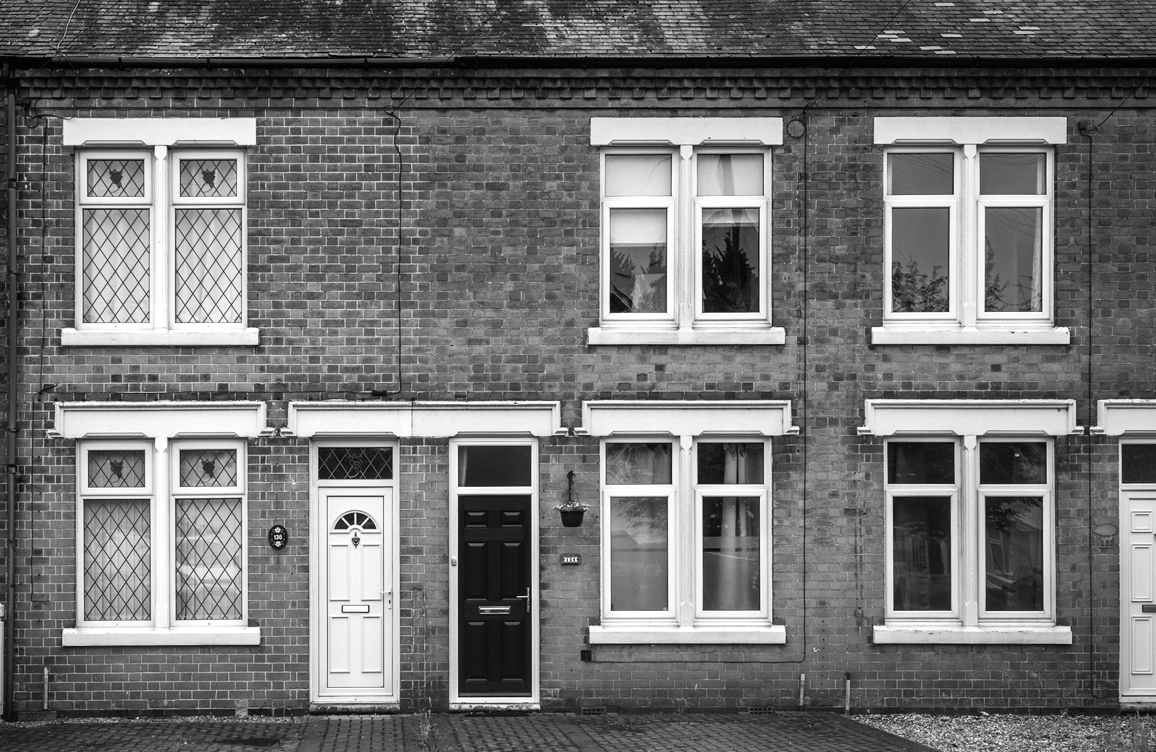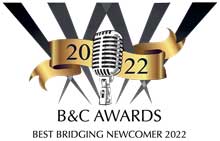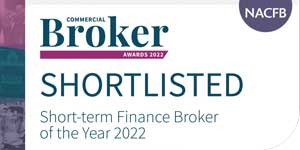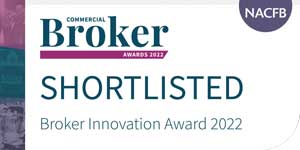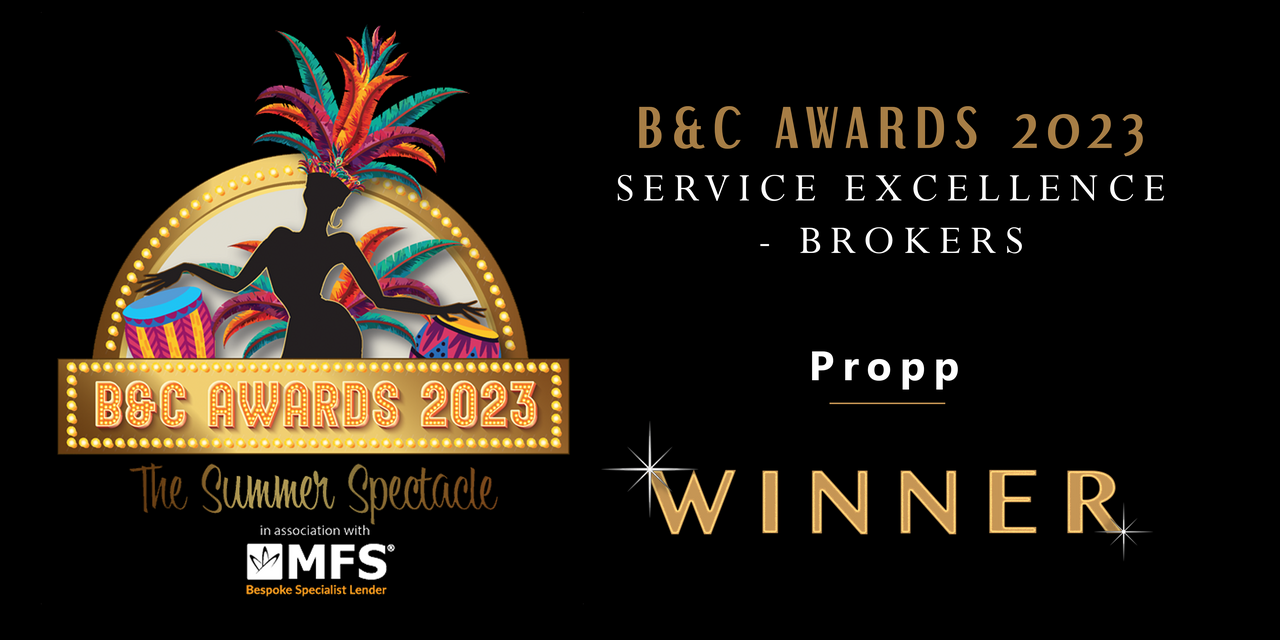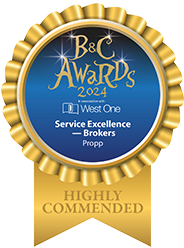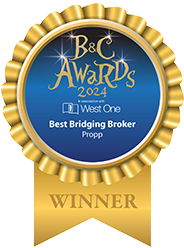Are you looking to buy a new house, but don’t have the funds yet? Or need a loan for property development but don’t know where to start? Fear not! A bridging loan might be the perfect solution for you. In this blog, we’ll explore the ins and outs of using bridging loans for residential property and for property development.
Understanding Bridging Loans for Buying Houses and Property Development
Bridging loans are short-term loans that help bridge the gap between buying or developing properties. They allow people to access money quickly to buy a house or start a property development project before selling their current property. These loans are usually secured against the property being purchased or developed, which means borrowers can get more money compared to unsecured loans.
There are two main types of bridging loans for buying houses and property development:
Bridging Loans for Property Development: These loans are for people who want to develop properties. They provide money for buying properties that need renovation or conversion, so developers can make improvements and sell them for a higher price.
Bridging Loans for Buying Houses: These loans are for individuals who want to buy houses. Whether it’s their dream home or an investment opportunity, bridging loans can help bridge the financial gap between buying and selling properties.
Pros and Cons of Bridging Loans
Like any financial product, bridging loans have their advantages and drawbacks. Let’s check them out!
Pros:
Lightning-fast: Traditional loans take forever, but bridging loans can be approved and funded in just a few days. That’s super handy in a competitive housing market where time is of the essence.
Flexibility galore: Bridging loans can be used for various purposes, like buying a new home, renovating a property, property development, or even snagging a bargain at an auction. They’re a real deal for property investors and developers.
More Money Available: Since bridging loans are secured against the property being bought or developed, lenders are willing to give larger loan amounts compared to unsecured loans. This helps property developers buy properties and make improvements, while house buyers can get the money, they need to buy their desired house.
Renovating and Developing Properties: Bridging loans are great for property developers who want to buy properties that need renovation or conversion. The loan can cover the purchase price and the costs of improvements, allowing developers to add value to the property before selling it.
Solving Property Chain Issues: Bridging loans are useful when someone finds their dream house but hasn’t sold their current one. These loans provide temporary financing, so buyers can secure the new house and prevent it from being sold to someone else while waiting to sell their old house.
Now, while bridging loans can be advantageous, we wouldn’t be doing our job properly if we didn’t show the potential risks:
Cost considerations: Bridging loans can be pricier than traditional loans. They have higher interest rates and fees because they’re short-term and seen as riskier by lenders. So, it’s crucial to compare the costs and decide if it’s worth it, or even better, get a broker to do it all for you!
The “What if?” factor: The property market is subject to fluctuations, and unforeseen changes can impact the sale of your existing property or the value of the property being purchased. Conduct thorough market research and seek professional advice to mitigate potential risks.
Overall, bridging loans can be a useful tool for property buyers and investors.
Applying for a Bridging Loan
Mind’s made up and you want to apply? Here’s what you need to know about the application process:
Eligibility Criteria: To qualify for a bridging loan, you’ll need to show proof of income and assets. You’ll also have to provide details about the property you want to buy, like the price and any renovations needed.
Required Documentation: Just like with a traditional mortgage, you’ll need to provide documents such as proof of income, identification, and information about your current property. Don’t forget details about the property you’re buying, like the purchase contract and repair estimates.
Timeline and Approval Process: The approval process usually takes a few days, but it can vary. Each case is unique. Once your application is submitted, the lender reviews your documents and decides if you’re eligible. If approved, the funds become available for you to use. Remember, though, that bridging loans often come with higher interest rates and fees, so read the terms and conditions carefully.
By understanding the eligibility criteria, required documentation, and approval process, you can make an informed decision about whether a bridging loan is right for you.
Overall, a bridging loan can be a useful tool for those in need of short-term financing, and for many other uses.
If you need money quickly to buy a property or want to act fast in a busy housing market, a bridging loan might be suitable. However, if you’re looking for a long-term solution, such as a loan for an extended period, a residential mortgage may be a better choice. It’s important to consider your own situation and financial goals before deciding which loan is right for you.
Now that you have a better understanding of bridging loans and how they work for purchasing residential properties, you can make an informed decision. Remember to weigh the pros and cons and compare various options to find the best deal for your needs.

